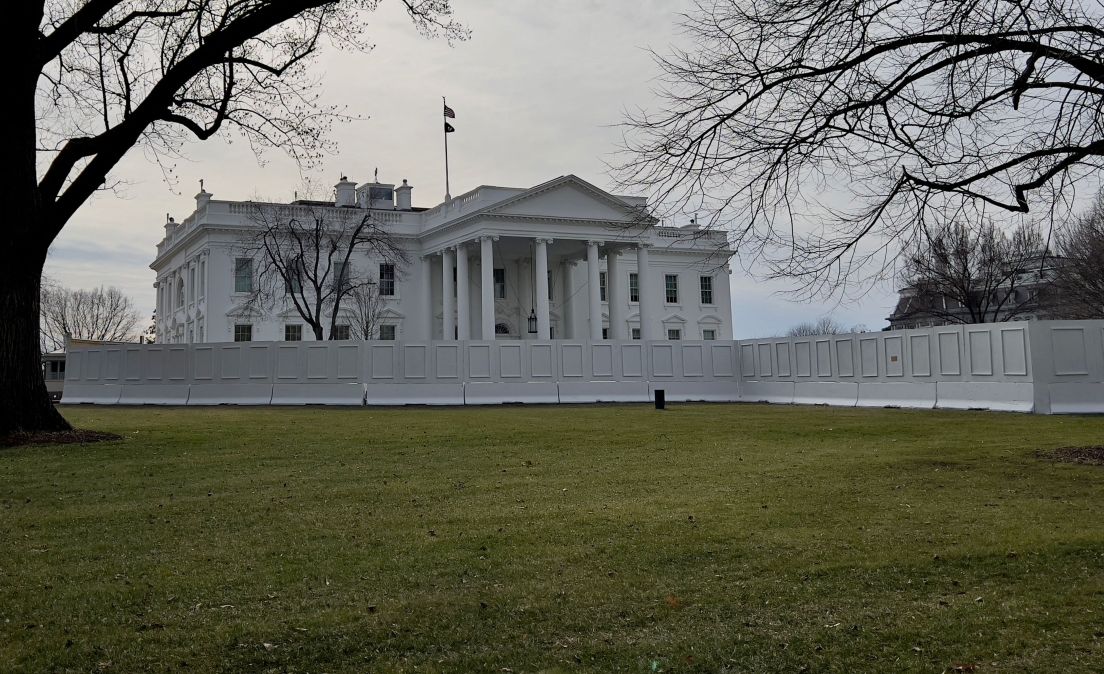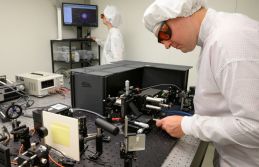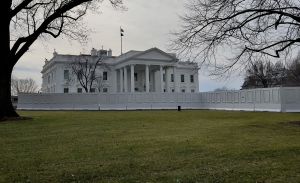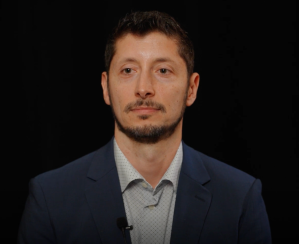OSTP unveils national STEMM strategy centered on improving workforce diversity and opportunities

White House officials on Wednesday announced cross-sector actions aimed at enhancing competitiveness and access across the science, technology, engineering, mathematics and medicine (STEMM) fields.
The Office of Science and Technology Policy said in a fact sheet that it had secured hundreds of commitments with non-federal organizations to assist in areas of need within STEMM, such as improving representation in entertainment, ensuring inclusive workplaces, enabling related programs to be more accessible, and more.
OSTP’s announcement came during a White House summit on STEMM equity and excellence, expanding on the 2022 STEMM Opportunity Alliance (SOA) initiative to “lead and coordinate cross-sector action to help achieve greater equity” across science and technology-facing fields.
The commitment to this effort is intended to “help drive progress” on STEMM Equity and Excellence 2050, a strategic plan released Wednesday by SOA that outlines a national strategy for constructing a diverse workforce with expanded opportunities.
“Knowing that those from underserved communities, individuals from underrepresented racial and ethnic groups, rural communities, women, people with disabilities and LGBTQI+ people have long faced barriers to equitable participation in STEMM, this administration has acted to foster a more just STEMM ecosystem,” Kei Koizumi, the principal deputy director for policy at OSTP, said during the event.
The office said in its press release that the SOA’s coalition represents over 200 organizations and “has powered additional commitments towards STEMM equity,” bringing a total of $2 billion to support these efforts.
“The bold goal is to add 20 million new diverse STEMM professionals to the U.S. workforce across all jobs and sectors by 2050,” the strategic plan’s executive summary states. “This vision requires decades of concerted, coordinated action beginning now.”
OSTP touted non-federal partnerships that complement work done by federal entities, such as the Department of Energy’s first cohort for the agency’s Faculty-Applied Clean Energy Sciences program. That partnership, also announced Wednesday, will work to support the expansion of opportunities and diversification of the STEMM workforce.
Participants in the DOE’s 10-week summer program were selected from minority-serving institutions that included tribal colleges and universities, historically Black colleges and universities, Asian-American and Native American Pacific Islander-serving institutions and others.
Christy Jackiewicz, chief of the Minority Educational Institutions Division in DOE’s Office of Energy Justice and Equity, said in a statement that program leaders are “excited to partner with [the agency’s Office of Energy Justice and Equity] and [the National Renewable Energy Laboratory] to improve the future of STEM, not only through the faculty of minority-serving institutions but also through the students who will benefit from their knowledge and understanding, both in the classroom and as they enter the workforce of the future.”





